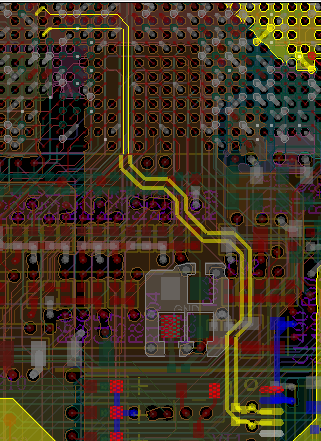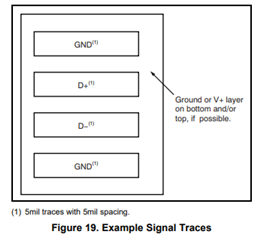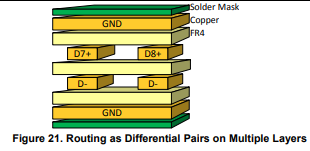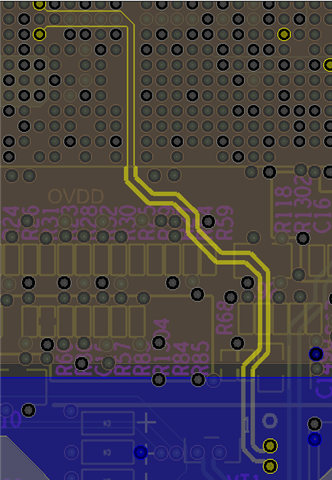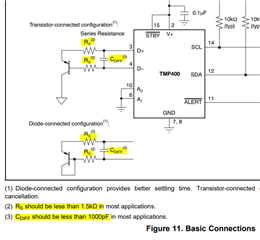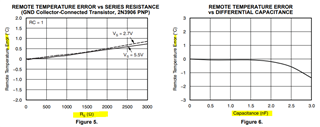Other Parts Discussed in Thread: DXP
Hi Expert,
mu customer use TMP400 to read CPU temp in OTN(optical transmission network), but we find that TMP400 will jump between 33 to 40C suddenly and recover in 1 mins.
could you help to review the schematic and give some advice in this application? thanks.
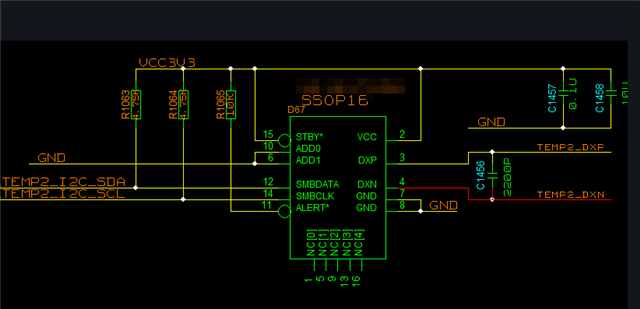
BR
Chi


